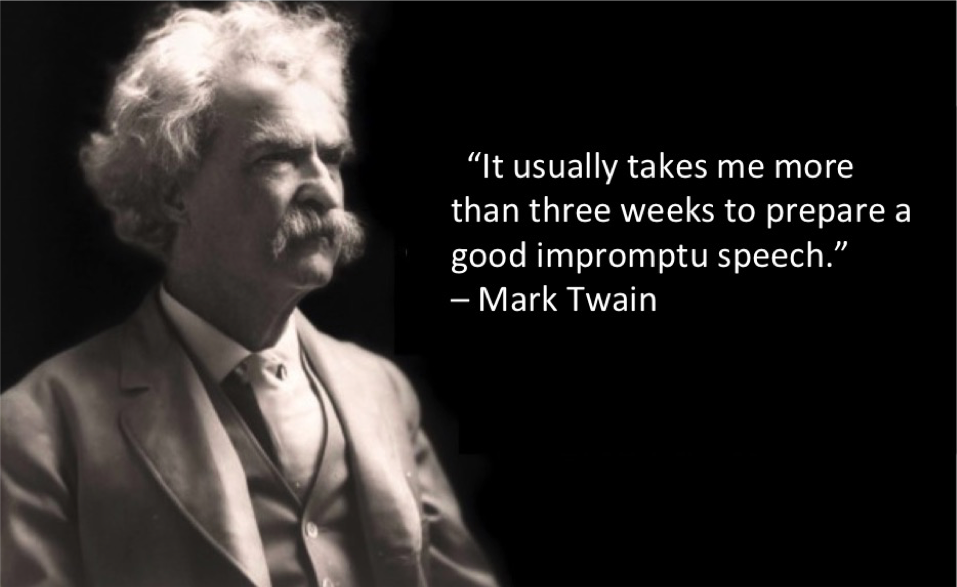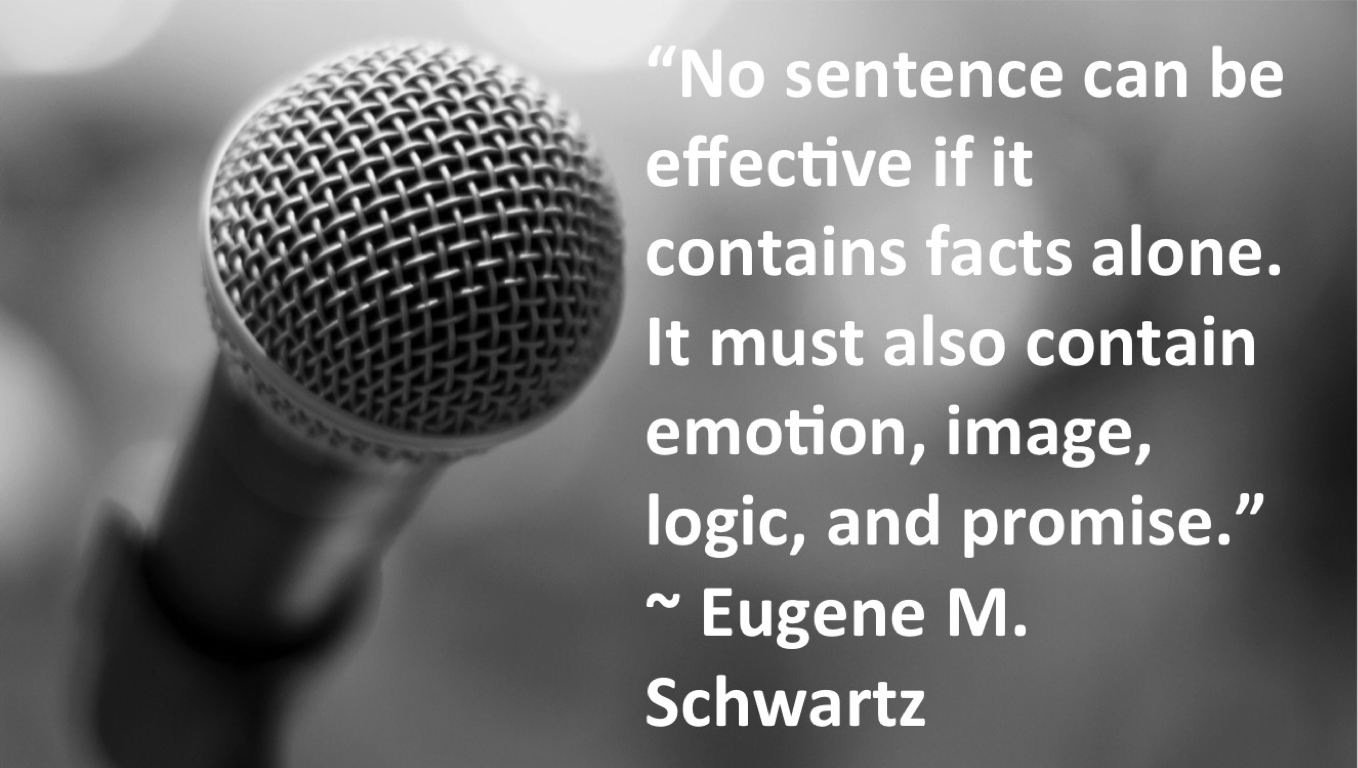The truth is, life is a series of presentations. And if you think about it, most of those presentations are unscripted. All the world’s a stage and we’re always presenting on the go. We believe speeches should be delivered without fear and without notes so we teach simple, easy-to-remember formulas that allow you to think on the fly and put together great presentations.
You don’t get to use a teleprompter with you into a job interview, a loan application meeting, or to a business networking meeting. But public speaking doesn’t have to be scary or difficult. Check out our upcoming workshops or contact us about personal coaching to see how you can get the confidence to speak up and the skills to stand out in any situation.












